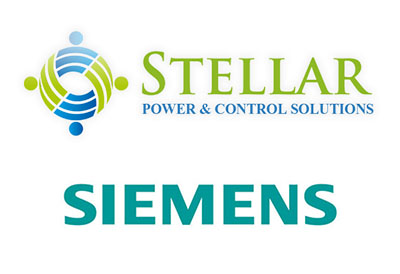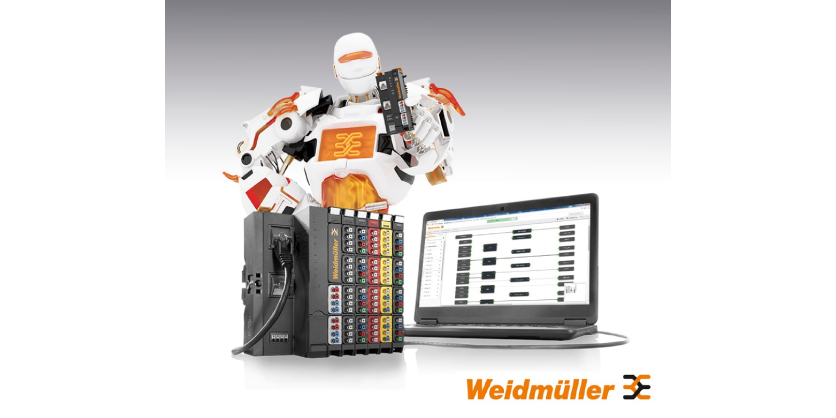Schneider Electric Canada Driving Industrial Decarbonization Through Digital Innovation
November 3, 2025

Technology blueprint behind world’s first commercial e-methanol facility shows how Canada can accelerate clean fuel adoption and achieve net-zero goals
As Canada works to decarbonize heavy industry and meet its 2050 net-zero commitments, Schneider Electric Canada is showcasing how its advanced automation and energy management technologies can help transform industrial operations and support the growth of a clean fuel economy.
Drawing on global success stories, including the Kassø Power-to-X facility in Denmark, the world’s first commercial-scale e-methanol plant powered by Schneider Electric technology, the company is demonstrating how digital innovation can make clean fuel production viable, efficient and scalable in Canada’s industrial landscape.
“Canadian industries are under increasing pressure to decarbonize while maintaining productivity and profitability,” said Emily Heitman, President at Schneider Electric Canada. “Through smart automation, electrification and digitalization, we can help manufacturers, energy producers and utilities reduce emissions, improve performance and strengthen the resilience of Canada’s industrial base.”
Technology driving cleaner, smarter operations
Schneider Electric’s integrated solutions bring together automation, power management and industrial software to optimize every stage of production. By using real-time data and AI-enabled insights, Canadian facilities can reduce energy waste, improve reliability and enhance safety while lowering operational costs.
Core technologies such as Modicon M580 PLCs, Altivar Process low-voltage drives, and Trihal transformers deliver secure, high-performance control and energy efficiency. Unified through the AVEVA System Platform, these systems enable centralized visibility and control, supporting the creation of Unified Operations Centres (UOC) that enhance operator efficiency, decision-making and remote capabilities, all critical for achieving both sustainability and competitiveness.
“These technologies are the backbone of industrial decarbonization,” said David O’Reilly, Vice President, Secure Power and Home and Distribution at Schneider Electric Canada. “They allow organizations to electrify operations, reduce emissions intensity and adopt clean fuel solutions, whether it’s e-methanol, hydrogen or bioenergy.”
Blueprint for Canada’s clean fuel future
Internationally, Schneider Electric technology powered the Kassø Power-to-X facility in Denmark, the world’s first commercial-scale e-methanol plant. The site uses renewable electricity from a 304-megawatt solar park and captured biogenic carbon dioxide to produce up to 42,000 tonnes of e-methanol annually, demonstrating that clean fuels can be produced efficiently and at scale.
The same digital blueprint integrating automation, energy management and industrial software can support similar projects in Canada, from low-carbon fuel production and chemical processing to heavy transport and manufacturing.
“With Canada’s abundant renewable resources, technical expertise and strong policy environment, the opportunity to lead in clean fuel production is clear,” said Heitman. “By adopting proven digital solutions, Canadian industries can move faster toward net zero while creating jobs and building energy resilience.”
Schneider Electric Canada continues to work with industrial and energy partners nationwide to accelerate decarbonization through electrification, digitization and automation, ensuring that sustainability and efficiency go hand in hand.
About Schneider Electric
Schneider’s purpose is to create Impact by empowering all to make the most of our energy and resources, bridging progress and sustainability for all. At Schneider, they call this Life Is On. Their mission is to be the trusted partner in Sustainability and Efficiency. They are a global industrial technology leader bringing world-leading expertise in electrification, automation and digitisation to smart industries, resilient infrastructure, future-proof data centres, intelligent buildings, and intuitive homes.
Anchored by their deep domain expertise, they provide integrated end-to-end lifecycle AI-enabled Industrial IoT solutions with connected products, automation, software and services, delivering digital twins to enable profitable growth for their customers. They are a people company with an ecosystem of 150,000 colleagues and more than a million partners operating in over 100 countries to ensure proximity to their customers and stakeholders.
More Information
Learn more at se.ca or follow them on Instagram, X, Facebook, and LinkedIn at @SchneiderElectricCA.
Related Story
Schneider Electric Highlights Innovation in 800 VDC Power Systems in Support of NVIDIA’s Next-Generation GPUs
Schneider Electric, a leader in the digital transformation of energy management and automation, has reinforced its commitment to supporting the industry’s transition to 800 VDC power architectures, which are a critical requirement for emerging high-density rack systems being adopted across next-generation data centres.
As the industry accelerates toward higher power densities and greater efficiency, Schneider Electric is actively innovating to meet these needs through a comprehensive, system-level approach that integrates power conversion, protection and metering. This approach ensures that power systems are not only efficient but safe, resilient and ready to scale.




